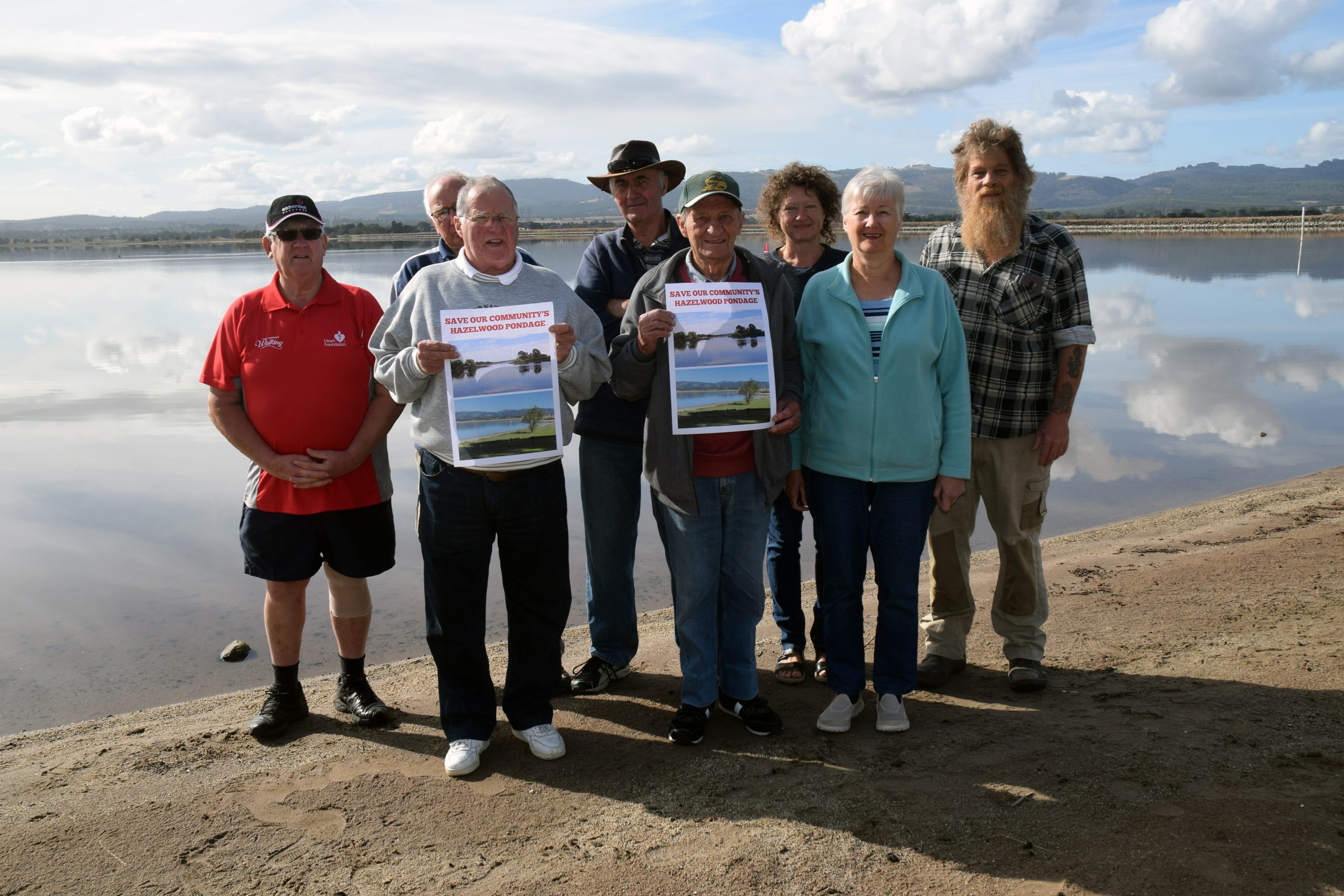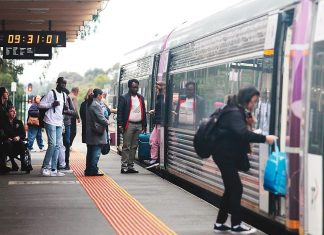The region’s leaders’ efforts to guide the Latrobe Valley through an economic restructure were scrutinised by the wider community on Tuesday.
Met with enthusiasm and free flowing discussion, the opportunity to review the Directions for Latrobe Valley Transition discussion paper, released earlier this month was attended by about 35 local residents from across community sectors, including education, industry and business, at Latrobe City headquarters.
Released by the Latrobe Valley Transition Committee and Regional Development Victoria, the paper detailed the work-to-date undergone in developing a ‘regionally coordinated’ response to the Valley’s transition through possible power station closures. RDV executive director of policy Lill Healy said while the regional response had already fielded community input in its development, the feedback forum added an extra level of depth to the process.
“It’s more of a validation process in the (group’s) thinking; it’s possible we may have completely missed something, so this forum encourages free form thinking, with networking benefits between industries, and gives us a comprehensive insight into all the possible avenues,” Ms Healy said.
Prevalent themes raised at the forum included the apparent omission of the social and cultural considerations in a response, while another group suggested the restructure should not be referred to as a ‘transition’, but a ‘transformation’.
Monash University Churchill executive officer within the Pro Vice Chancellor’s office Alan Scarlett, who participated in the forum, said the enthusiasm and ideas circulating the room was encouraging.
“I think people in the Valley do want to come to grips with the challenges it is facing; I don’t think they are in denial,” Mr Scarlett said.
He said there needed to be a focus on ensuring the entire community was considered in a restructure of a diversified workforce, to ensure it did not open up social class welfare divide.
“We don’t want people to be left behind by any new opportunities; there’s some real concerns that we could end up having a second generation of people in welfare,” he said.
Mr Scarlett said the wealth of knowledge held by local teachers, who had the best hands-on knowledge about the capabilities of the next generation of Valley residents, needed to be considered more in the process.
Moe and Districts Residents Association disagreed with the approach of the LVTC to include the Wellington and Baw Baw Shire councils into transition plans.
“By defining the Valley in this way, governments are diluting the impact of power station closure and its related employment loss in the Valley proper; that opens the door for them to dilute their responsibilities to assist our region,” MADRA spokesperon Peter Gibbons said.
The discussion paper has developed six draft strategic directions, including transitioning business and workers, strengthening innovation and competitiveness, and attracting and facilitating investment and trade, which will be finalised after the consultation and delivered to the state government in June.
Ms Healy said the approach to preparing a region for restructure was about putting an “institutional structure” and money behind it, something the State Government had already begun moving on with the Latrobe Valley Advantage Fund.
The discussion paper can be viewed online at the RDV website,
www.rdv.vic.gov.au, while written submissions from members of the community are being accepted until 9 May.










